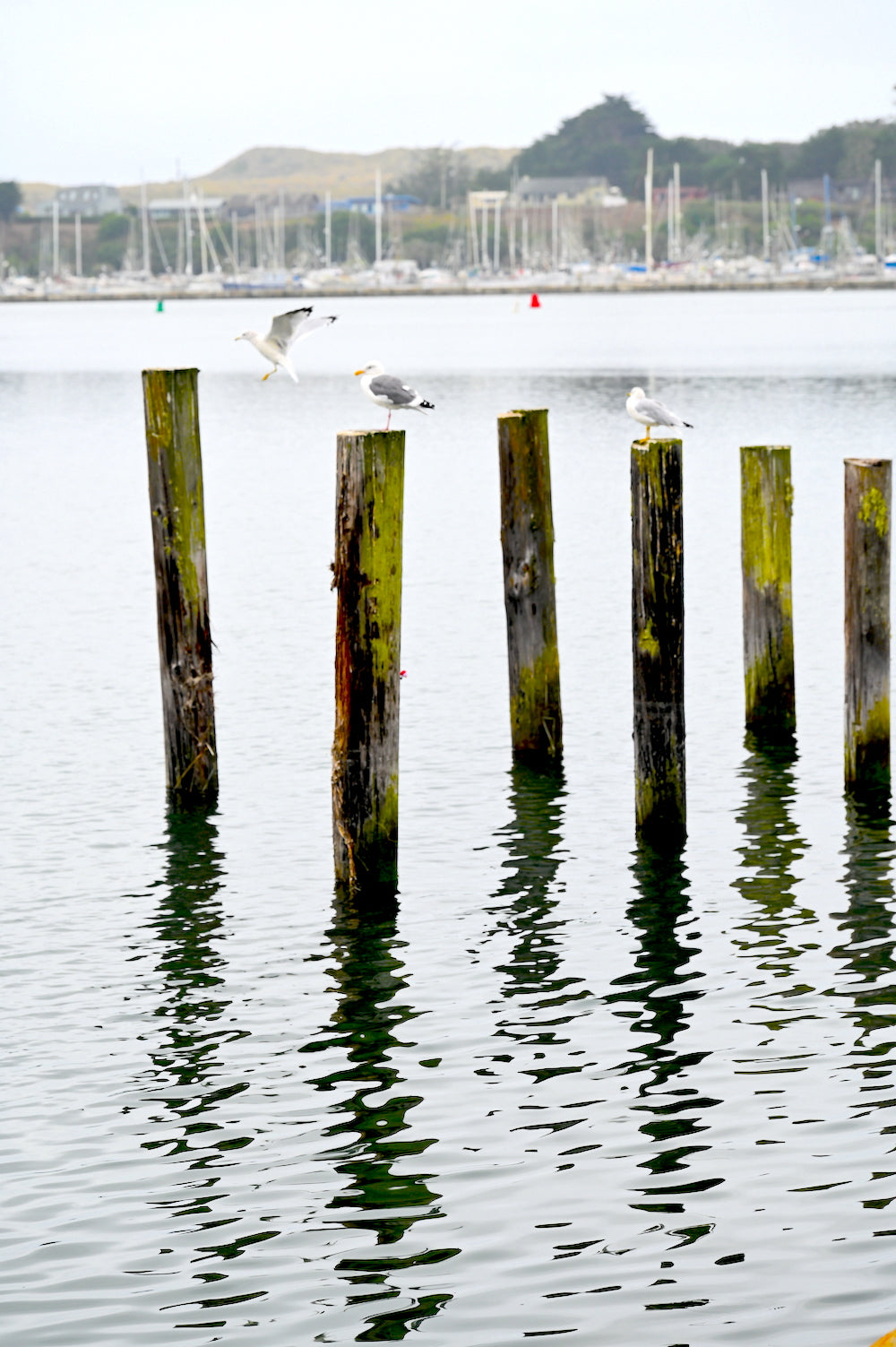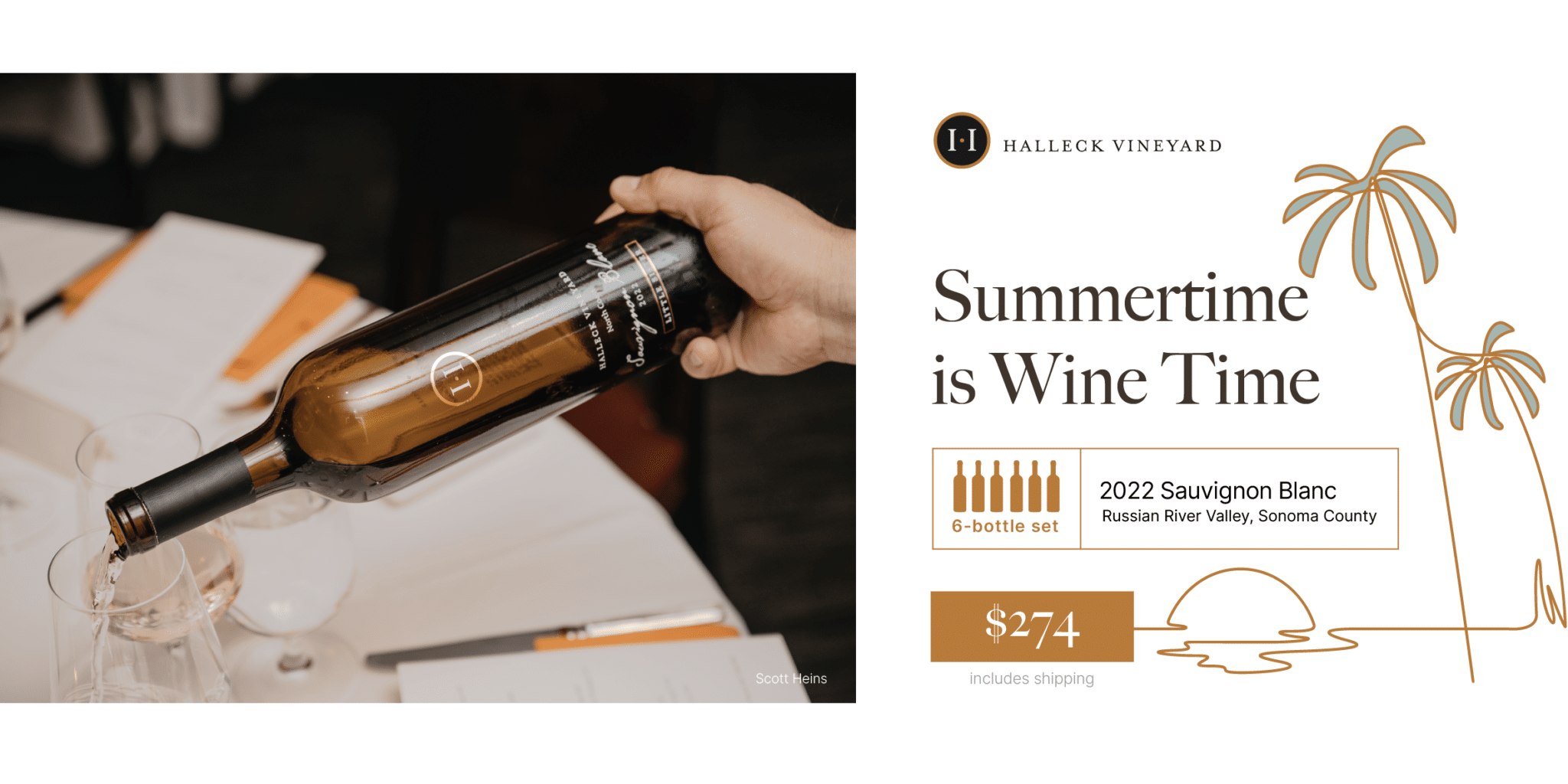Wineries In The Heart Of Sonoma County Wine Region - Exploring The Vineyards Of Sonoma
Visiting a winery for a wine tasting can be an enchanting experience, particularly when you understand how to maximise the chance with tasting notes. These notes function a guide to understanding the complexities of the wines you sample and help in forming a deeper connection with every pour. Utilizing tasting notes can transform your experience, allowing you to savor not just the taste but additionally the story behind every bottle.
Every wine has a unique profile influenced by grape variety, terroir, and winemaking techniques. Understanding these elements can improve your appreciation of the wine. When you are given a tasting menu or a flight of wines to pattern, take the time to read through any descriptions provided (Wineries Promoting Wine Club Memberships). This preliminary overview can set the tone and expectations for your tasting experience.
Begin your wine tasting by observing the wine in your glass. The color can reveal lots about the wine’s age and varietal. Take notes on the hue, readability, and viscosity. A well-structured tasting note usually contains this visual assessment because it varieties the foundation of your evaluation. While it may seem trivial, the visual side is crucial in wine tasting.
Charming Wineries With Views In Sonoma Valley - Top Sonoma Wineries To Visit
After your visible assessment, it is time to take a mild whiff. Swirl the wine in your glass to aerate it, releasing its aroma. This is where tasting notes turn into significantly priceless. Make notes about the completely different scents you detect—fruits, spices, or floral hints. Identifying these aromas will help you put words to the intrinsic complexities of the wine you would possibly be sampling.

The next essential step is the tasting itself. Take a small sip and let the wine roll over your palate. Note the flavors you experience. Are they sweet or tart? Where does your palate detect every flavor? Some wines may present immediate sweetness adopted by a tannic finish. Use your tasting notes to document these layers, making a roadmap of your sensory experience.
Contemplate additionally the mouthfeel of the wine as you taste. Is it easy, crisp, creamy, or maybe tannic? This textural quality significantly influences the overall enjoyment and impression of the wine. Observing the mouthfeel can reveal the quality and craftsmanship behind the winemaking process.
It's helpful to match totally different wines as you taste them. If you're sampling a flight with contrasting varietals, make a remark of the variations you understand. How does the acidity vary from one wine to another? Which wine feels fuller, and which is extra refreshing? This comparative exercise deepens your understanding and helps sharpen your analytical skills.
Wineries Providing Guided Vineyard Walks - Sonoma Vineyards For A Perfect Day Out

Interact with the winery workers while tasting. Knowledgeable hosts often share insights in regards to the vineyard's history, the specific vintage, or the winemaking philosophy, enriching your appreciation of the wine. Don't hesitate to ask questions that pique your interest based mostly on your tasting notes. Many hosts get pleasure from discussing their wines and can supply a wealth of knowledge that isn’t readily available from printed materials. Wineries In The Heart Of Sonoma County Wine Region.
Keep in mind the seasonality of wines as you style. Completely Different wines evoke varied moods and pair well with distinct culinary experiences. Take notes on how you would possibly take pleasure in a specific wine with food. This not only provides context to your tasting notes but also aids future alternatives and purchases.

One Other useful tip while utilizing tasting notes at a winery is to report your impressions instantly. As wines can mix and create a uniform flavor memory, jotting down visite site your ideas promptly ensures a extra correct reflection of your experience. Use adjectives that resonate with you, crafting a personal vocabulary to explain each wine primarily based in your preferences.
After completing the tasting, evaluate the notes you’ve taken. Mirror on which wines stood out to you and why. This reflection reinforces your tasting experience and highlights what you would possibly seek in future purchases. If you have famous specific aromas or flavors that captivated you, this info empowers you to pick wines that align together with your palate.
Charming Wineries Offering Wine And Food Pairings - Exploring The Vineyards Of Sonoma
Wine tasting can also function an opportunity for socializing. Sharing your tasting notes with companions can ignite partaking discussions on flavors, preferences, and impressions. This communal aspect of wine tasting often enhances the experience, cementing lasting recollections that you can recall with a cup of wine in hand.
In conclusion, using tasting notes at a winery wine tasting can considerably improve your experience. By observing the visible features, aromas, flavors, mouthfeel, and even the stories behind the wines, you create a wealthy tapestry of notes that may guide your future wine experiences. Engaging with the workers, comparing wines, and reflecting in your impressions will deepen your appreciation for the art of winemaking. Each tasting is a chance to find and connect with wines in exciting new ways. With practice, your tasting notes will evolve, becoming a cherished part of your wine journey.
Wineries Ideal For Romantic Getaways - Tasting Rooms In Sebastopol
- Begin by familiarizing your self with the winery's tasting notes; they often describe the wine’s aroma, flavor profile, and end, providing a useful framework.
- Use your senses of sight and odor before tasting; swirl the wine in your glass, observe its colour, and inhale its bouquet to seize the wine's preliminary traits.
- When tasting, take a small sip and let the wine coat your palate; give attention to the primary flavors and any secondary notes which will emerge, similar to fruit, spice, or earthiness.
- Pay attention to the feel and mouthfeel of the wine; is it easy, tannic, creamy, or crisp? This side can considerably enhance your understanding of the wine.
- Compare the tasting notes along with your sensory experience, noting any similarities or discrepancies, which might deepen your appreciation of each wine’s complexity.
- Think About the wine’s getting older potential by analyzing its structure and balance; some wines may be gratifying now, while others could evolve superbly over time.
- Take notes during the tasting; recording your impressions may help you bear in mind every wine higher and refine your palate for future tastings.
- Have Interaction with the tasting workers; ask questions in regards to the wine production process, grape varieties, and the particular notes you are detecting to reinforce your data and experience.
- Discover pairing ideas alongside your tasting; understanding which foods complement the wine can enrich each the tasting experience and your appreciation for the wine's nuances.
- Respect various preferences among your group; wine tasting is subjective, and encouraging open dialogue about particular person tastes can lead to a more enjoyable and informative experience.undefinedWhat are tasting notes, and why are they necessary at a wine tasting?undefinedTasting notes are descriptions of the flavors, aromas, and total impressions of a wine. They are essential as a outcome of they guide your palate and enhance your understanding of the wine's characteristics, serving to you appreciate completely different varieties and styles.
How ought to I take notes throughout a wine tasting?undefinedYou should give attention to key visit this site right here components similar to aroma, flavor, body, acidity, and end. Use a structured format or template to categorize your ideas and write down your impressions immediately after tasting. This helps you bear in mind your ideas later.
Can I use my own words to explain a wine, or ought to I stick to straightforward tasting terms?undefinedYou can completely use your own words to explain a wine. Whereas standard tasting phrases might help convey particular qualities, personal descriptors add authenticity to your notes and can make your wine experience extra pleasant and relatable.
Should I concentrate on particular flavors in the wine or the general experience?undefinedEach aspects are necessary. While specific flavors help you identify the distinctive traits of a wine, the general experience encompasses how all components combine—creating a extra holistic understanding of the wine.
Wineries With Scenic Views - Top Wineries To Visit In Sebastopol
What if I cannot determine sure aromas or flavors throughout a tasting?undefinedIt’s frequent to have issue figuring out specific tastes or scents. Don’t hesitate to ask for help or steerage from the employees at the winery. They can present insights and help refine your palate over time through practice.
How can I use tasting notes to choose on wines in the future?undefinedBy reviewing your tasting notes, you presumably can identify your preferences and trends in your wine choices. This lets you select wines that align along with your palate in future tastings and purchases, making your experience extra enjoyable.
Is it appropriate to compare wines during a tasting?undefinedSure, comparing wines may be useful. It helps spotlight the differences in flavor profiles and attributes, permitting you to develop a deeper appreciation and understanding of every wine's distinctive qualities.
What ought to I do if I disagree with the tasting notes supplied by the winery staff?undefinedDisagreement is a pure part of wine tasting! Use it as a chance to discuss your impressions with the staff; they can provide further context or details about the wine, which can enrich your experience.
Wineries In Green Valley - Sonoma Wine Culture
How ought to I organize my tasting notes after the event?undefinedAfter the tasting, manage your notes by wine type, producer, or personal choice. Contemplate creating a digital or physical journal which can be referenced for future tastings and wine selections, making it easier to recall your experiences.